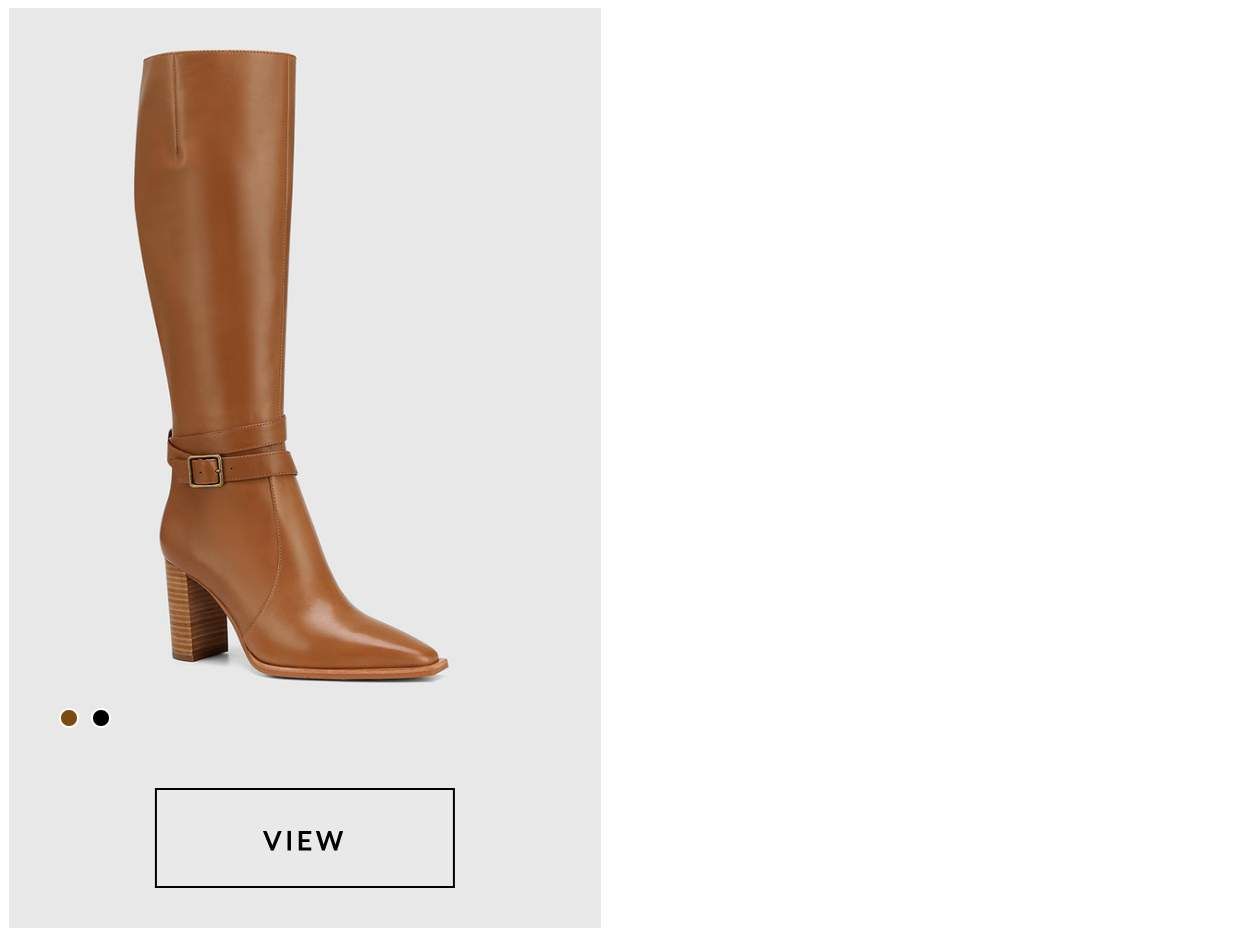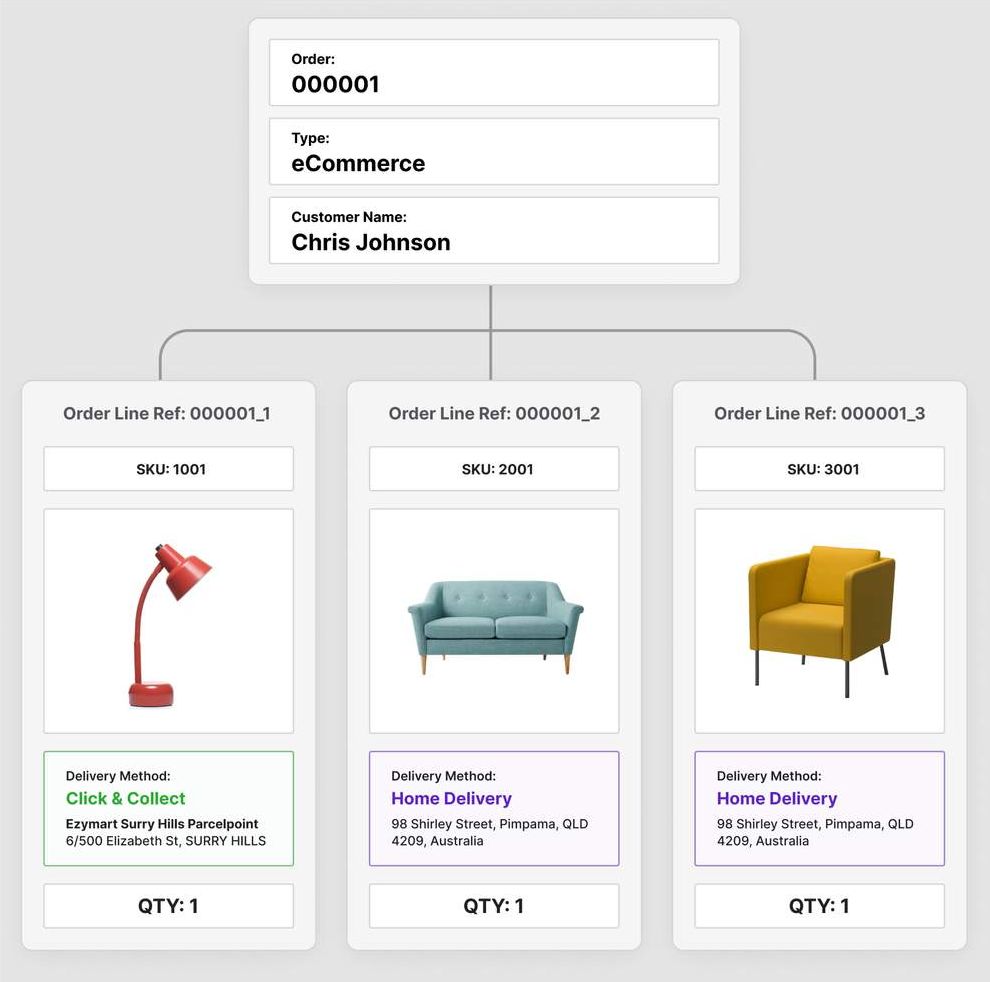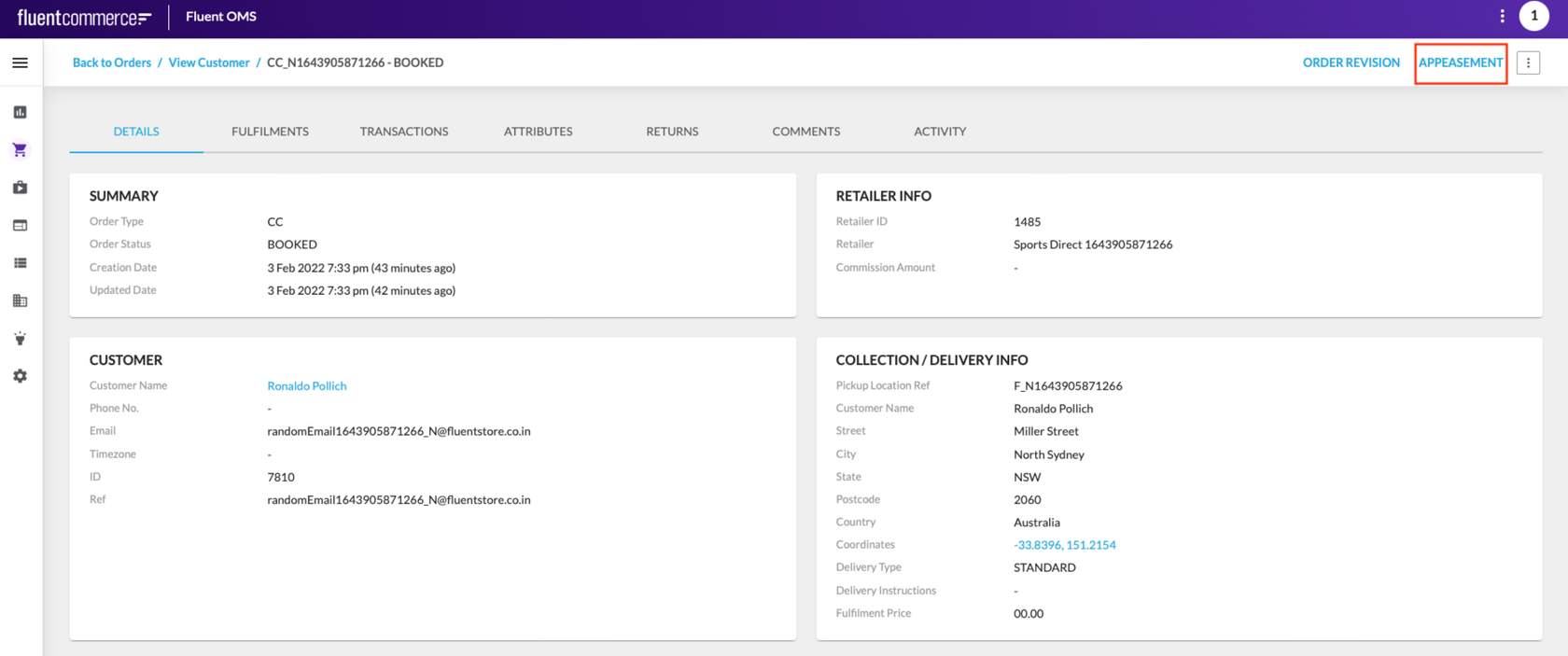Authors:
Matthew Hesford, Esma Tuzovic, Anita Gu, Cille Schliebitz
Changed on:
5 Sept 2025
Following the completion of this section readers should gain an understanding of the different modules and the segregation between them. They should understand some of the key features of the modules and how they could be used to benefit both the customer and the company providing products and services.
Availability Module
The Availability Module helps provide detailed and accurate stock information & order fulfillment options. For shoppers, it typically helps to answer the following questions:
For Retailers, 'Availability' helps to provide near-real-time product availability information and fulfillment options to customers before the buy button, payment cart, and checkout pages, refining the options with each step. Additionally, it can determine customer location and delivery method and calculate the time and cost of delivery.
The following customer scenario highlights some common challenges customers face while shopping online and how the features provided by the Availability Module help solve these.
Lesson 1 of 1
Meet Laura
Laura needs a new pair of shoes for a charity gala. She needs a pair of shoes to match her existing outfit — after all, she needs to look good up on stage!
There is one problem, however ...
Laura realizes that she doesn't have time to visit the shopping mall before the event, so she decides to shop online for her shoes.
Online shopping, here we come!
Laura begins her online search.
She enters the website of an online shoe retailer, searches the size and style, and adjusts the price filter to match only those shoes within her price range.
...she then hits the "SEARCH" button
The search returns multiple pages showing shoes matching her search criteria — this page is referred to as the 'Product Listing Page' or PLP.
PLP is an essential element of the eCommerce experience as it funnels site visitors to product detail pages and closer to conversion.

After a few minutes of browsing through the PLP, Laura comes across a pair of shoes that catches her attention.
...She 'CLICKS' on the Image to view more details.

On this particular page (referred to as the 'Product detail page' or PDP), Sarah is able to view availability information about this specific product to hopefully assist her in making a buying decision.
⚠️ But she encounters a problem. Sarah is not sure whether the item in her size is in stock or whether she can get it in time!

Pause and Reflect
Think of your own past experience of shopping on an e-commerce site. What product availability information would you expect to be shown on the PDP page in order to help you proceed to the next step?
Of those who abandon their cart, more than 50% do so because of unexpected shipping costs. So it's best to display this information as soon as the customer arrives on this page and to be straightforward about any additional fees that may occur.
We will now explore the key features of the Availability module that help solve this customer's issue and more.
Availability Module features
Learn more about Available-to-Sell (ATS) and Available-to-Promise (ATP) information.
Learn more about Availability and how it works.
Order Orchestration Module
The Order Orchestration Module allows retailers to track an order's statuses through its lifecycle, from the creation of the Order to its final state. It allows retailers the flexibility to tailor their Order workflow based on their key priorities and manage specific logic for Home Delivery and Click-and-Collect journeys.
Benefits to Retailers include optimally routing orders to reduce the cost of serving their customers, shipping from the right location every time, and optimizing sourcing allocation.
Order Orchestration features
Multiple Pickup Locations
Use Case: Last-minute Orders
A home-ware store is able to pick up items for last-minute orders through click-and-collect from multiple locations.

Multiple Delivery Methods
Use Case: An Effortless Ordering Experience
A customer purchases living room furniture, opting for in-store pickup of a red lamp while choosing home delivery for a sofa and chair.

Single Requested Delivery Date
Use Case: Online Flower Delivery
A customer who wants to send a gift to a friend and have it delivered on a specific date.
In this use case, the ability to specify a requested delivery date for a single order is crucial for the customer to ensure that the gift arrives on a specific date, such as for a birthday or anniversary.
Learn more about the Order Module.
View the Click-and-Collect and Home Delivery order journeys.
Inventory Module
The Inventory Module allows retailers to get a unified version of their inventory across all locations and maintains 'one version of the truth' across all inventory management systems. Benefits to retailers include adding or removing locations from networks or deactivating or activating products or locations to exclude or include what's available to sell. Other benefits include an easy-to-use, seamless experience where the products displayed accurately represent the inventory available for purchase.
Inventory Features
Learn more about the Inventory Module.
Store Module
The Store Module provides order management and fulfillment capabilities in-store by guiding store colleagues through the day-to-day processes, such as fulfillment options for the picking, packing, and shipping of orders, as well as managing order collections and arrivals in the store. Benefits to retailers include maximizing their ability to sell and deliver improved customer experiences in their fulfillment process while reducing costs and operating more efficiently.
Store Features
Learn more about the Store.
Service Module
The Service Module provides all the capabilities to enable flexible customer support, engage customers from one end of the buying journey to the other, and deepen customer relationships. The Service module's functionality allows retailers to understand better and respond to how consumers think, act, and engage from one end of the buying journey to another.
For retailers who need to provide customers with quality and convenient customer service, understand what causes your customers pain and remove it, and help reserve positive customer impressions by helping to solve problems quickly and easily.
Service Features
An Example (Appeasement functionality)
"A customer informs a customer care agent that their parcel, which was dropped off outside their front door, was damaged."
In the above situation, the customer care agent can create an appeasement against the order for an identified amount. The outcome of this appeasement is that the customer walks away happy, and the retailer builds greater trust with the customer. Please note that Appeasements are available at the order level and not at the order item level.
When you click on the Appeasement User Action, a dialog box will appear, prompting you to enter the amount of the appeasement and select an appropriate reason from the available options.

Learn more about the Service features and capabilities.
Modules can be customized through Software Development Kits (SDKs) to create workflows, components, and integrations that meet unique client requirements through Rules SDKs, Component SDKs and Connect SDKs.
Except as otherwise stated in the Extend Knowledge Content site policy, the content on this page is licensed under the Creative Commons Attribution 4.0 Licence, and any code samples that appear on this page are licensed under the Apache 2.0 Licence, unless any code sample forms part of the Fluent Order Management Platform code. Neither of these licences apply to any content on any other page that can be reached via a link on this page unless otherwise specified on that other page. If you wish to use any of the Extend Knowledge Content, you must do so in compliance with the licenses referred to above and the Extend Knowledge Content site policy, including attribution in the manner set out on this page.